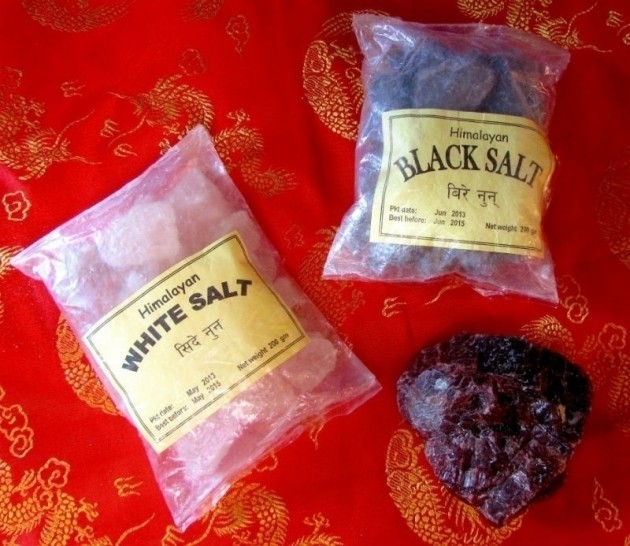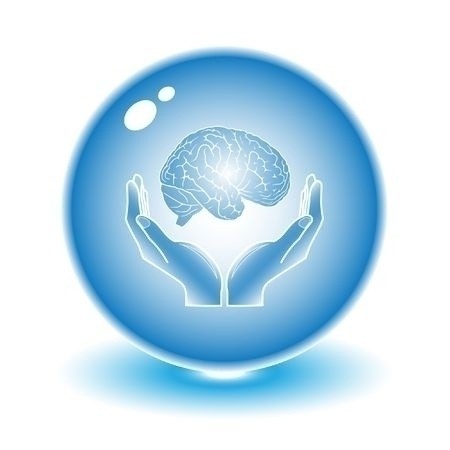Nocturnal leg cramps constitute a relatively common complaint in the general practice of medicine and may be very distressing to the patient. Not only is the cause obscure and the treatment relatively unsatisfactory, but even its proper medical name, systremma (anything twisted up together), is unknown to most physicians.
Restless Leg Syndrome:
There are at least 2 clinical forms of RLS: 1) the classic mixed sensorimotor form in which pain, numbness, and lightning stabs of pain in the lower or even the upper limbs are relieved by movement or local massage, and 2) the pure motor or myoclonic form which does not involve any sensory component. The folate-responsive form is exclusively of the mixed type (Boutez MI et al. Neuropsychological correlates of folic acid deficiency: Facts and hypotheses, in MI Botez, EH Reynolds, Eds. Folic Acid in Neurology, Psychiatry, and Internal Medicine. New York, Raven Press, 1979).
Nutrients Involved
|
, Folic Acid, Magnesium, Iron
Dietary Suggestionss
FirstLine Therapy® Diet
Contributing Factors
- Thyroid dysfunction Diabetes/SyndromeX
- Varicose Veins Fibromyalgia
Prescription Drugs such as:
- Tricyclic anti depressants SSRI (serotonin re-uptake inhibitors)
- Lithium Popamine antagonists
Suggested Nutritional Supplementation
Mild to moderate
- MyoCalm P.M. - 2-3 tablets at bedtime
The components of this formula work in concert to support healthy muscle relaxation, help prevent muscle cramping and spasm, relieve nocturnal leg cramps, promote physical and mental calm, and relieve occasional sleeplessness.
- E-Complex 1:1 - 2 capsules daily with meals.
E Complex-1:1 is a unique, natural vitamin E supplement that features a 1:1 ratio of alpha- to gamma- tocopherol; this ratio more closely resembles the tocopherol profile found naturally in vitamin E-rich plants.
According to Alan R. Gaby, M.D., vitamin E should be included relative to its capacity to improve blood flow and to prevent the production of tissue-damaging free radicals.
Patients with leg cramps received prompt and gratifying relief from their symptoms while taking vitamin
E. The group included 24 private patients with leg cramps and two with the "restless legs" syndrome, probably a related condition. One of the patients with leg and foot cramps also had severe nocturnal rectal cramps which were also relieved.
Ayres, S., Mihian, R. Leg cramps and "restless leg" syndrome responsive to Vitamin E. Calif Med
111:87-91, 1969.
- Hemagenics - 1-3 tablets daily with food.
A highly specialized hematinic formula comprised of iron, succinic acid, glycine, and other nutrients such as
|
|
that support the formation and maintenance of healthy red blood cells.
Iron deficiency, with or without anemia, is an important contributor to the development of RLS in elderly patients, and iron supplements can produce a significant reduction in symptoms.
O'Keefe, ST., Gavin, K., and Lavan, JN. Iron status and restless legs syndrome in the elderly. Age Ageing 23:200-3, 1994.
In severe restless legs syndrome, add to the above protocol:
- Lumina - 2 softgels daily
Lumina is designed to support healthy mental function and relaxation-issues related to proper focus, attention, learning, and memory-through modulating the metabolism of neurotransmitters such as dopamine, gamma-aminobutyric acid (GABA), and norepinephrine.
Case Reports
1. Three women diagnosed as having acquired folate deficiency based on depressed serum folate
concentrations had mild symptoms of restless legs, depression, muscular and mental fatigue,
depressed ankle jerks, diminution of vibratory sensation in the legs, a stocking type hypoesthesia, and
chronic constipation. All 3 recovered with adequate folate treatment.
2. Three women who were members of a family with restless legs syndrome, fatigability and diffuse muscular pain had folate deficiency based on depressed serum folate concentrations. One also had subacute combined degeneration of the spinal cord and kidney disease but no megaloblastosis; the other 2 had minor neurolgic signs. All 3 responded to large doses of folic acid.
Boutez, MI, et al. Neurolgic disorders responsive to folic acid therapy. Can Med Assoc J 15:217-22, 1976.






